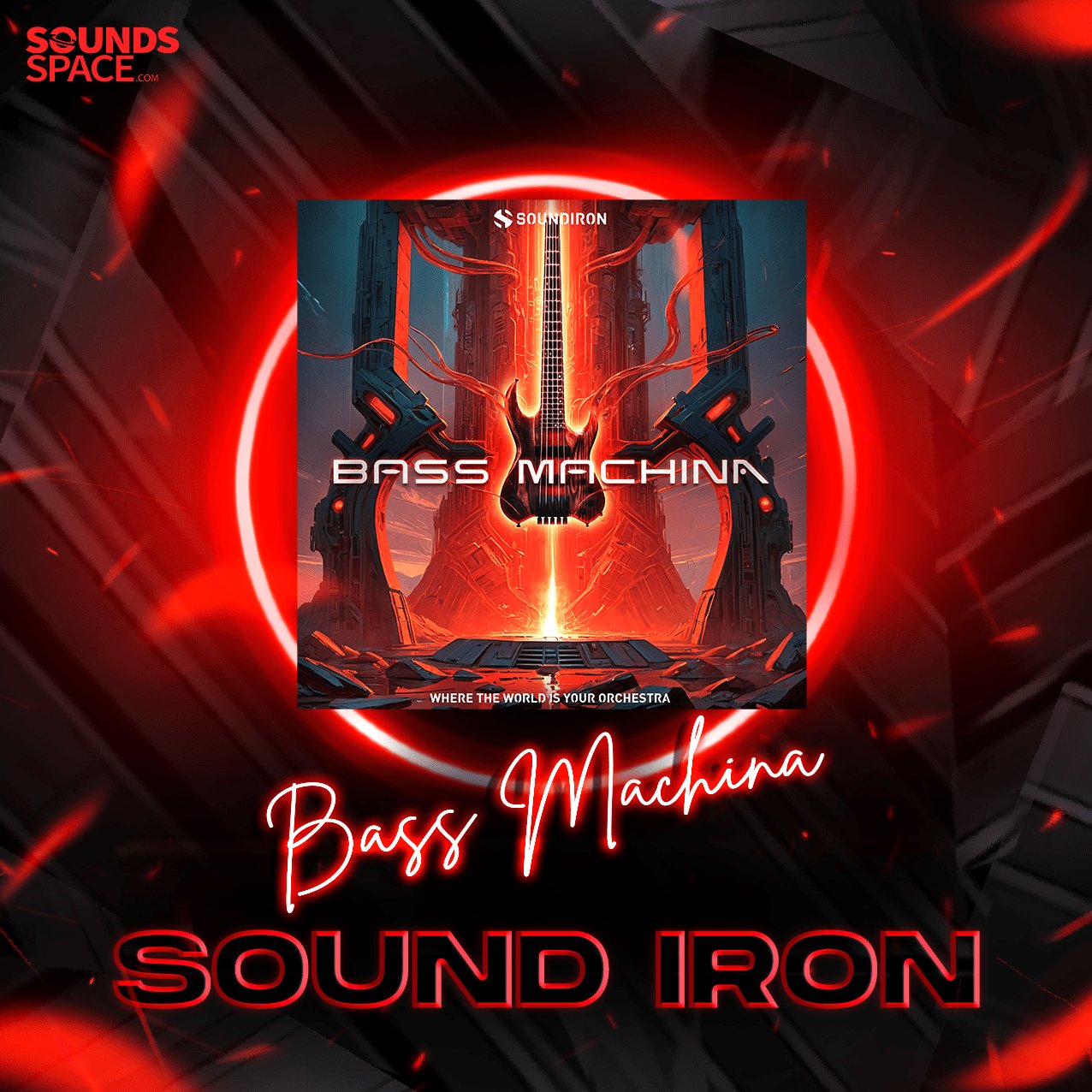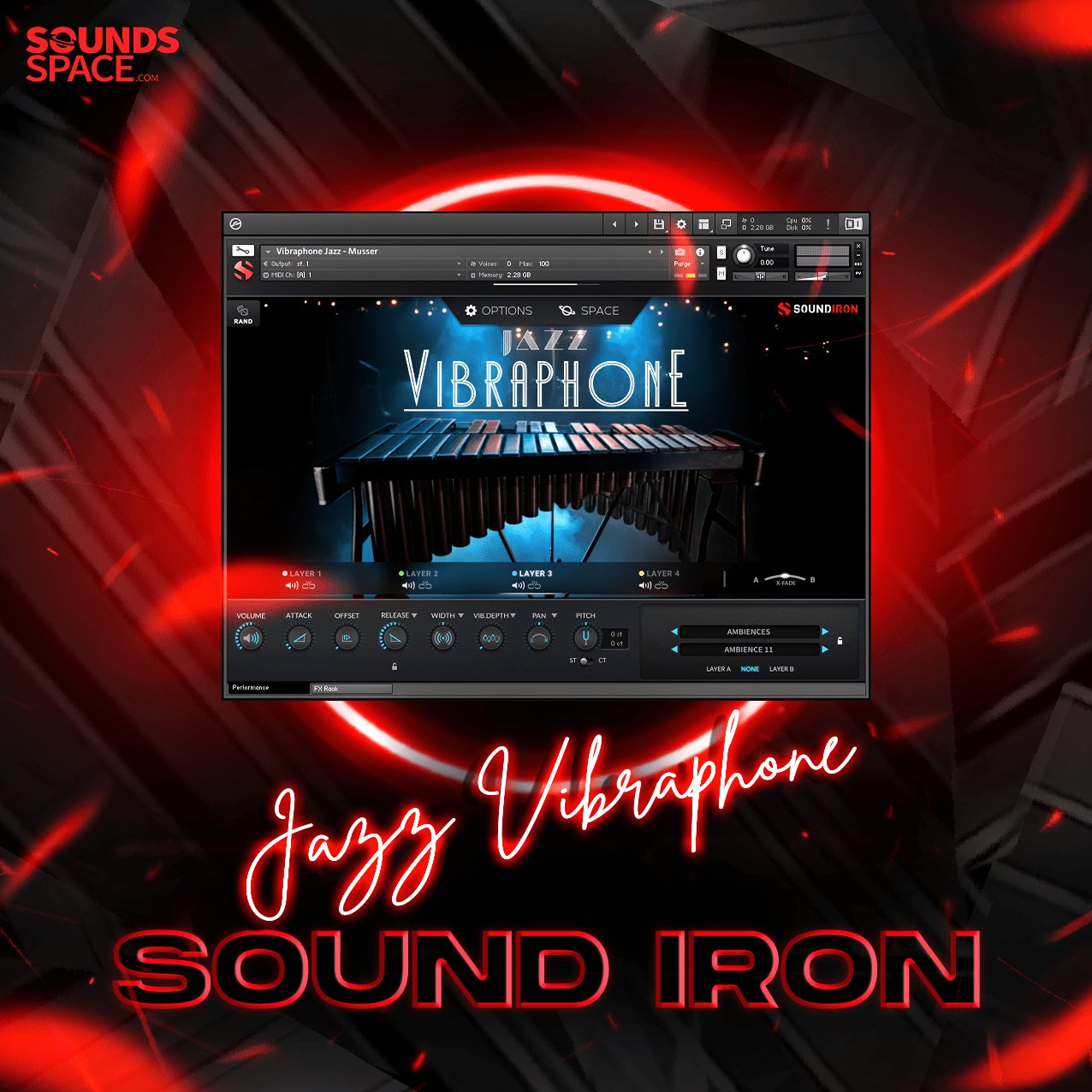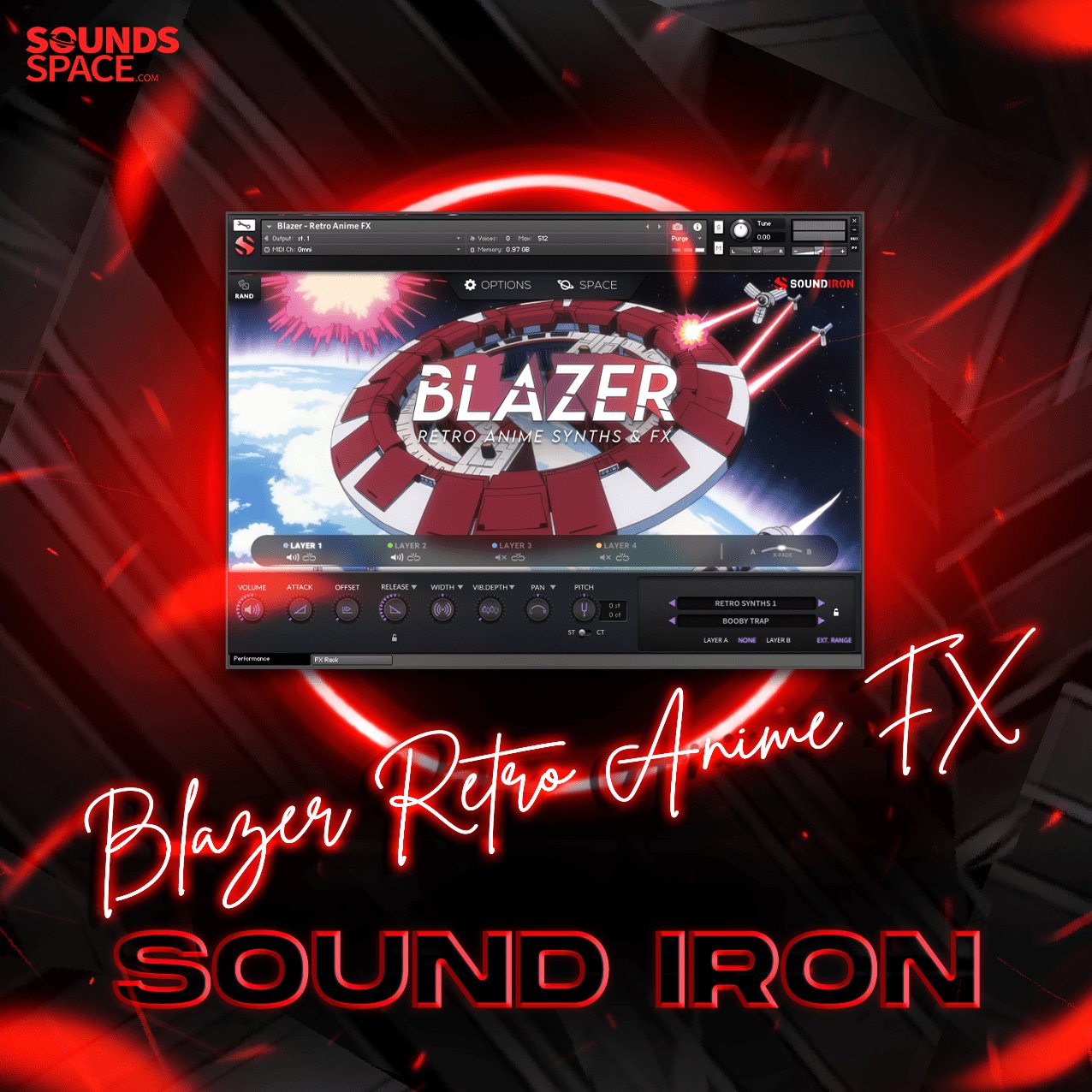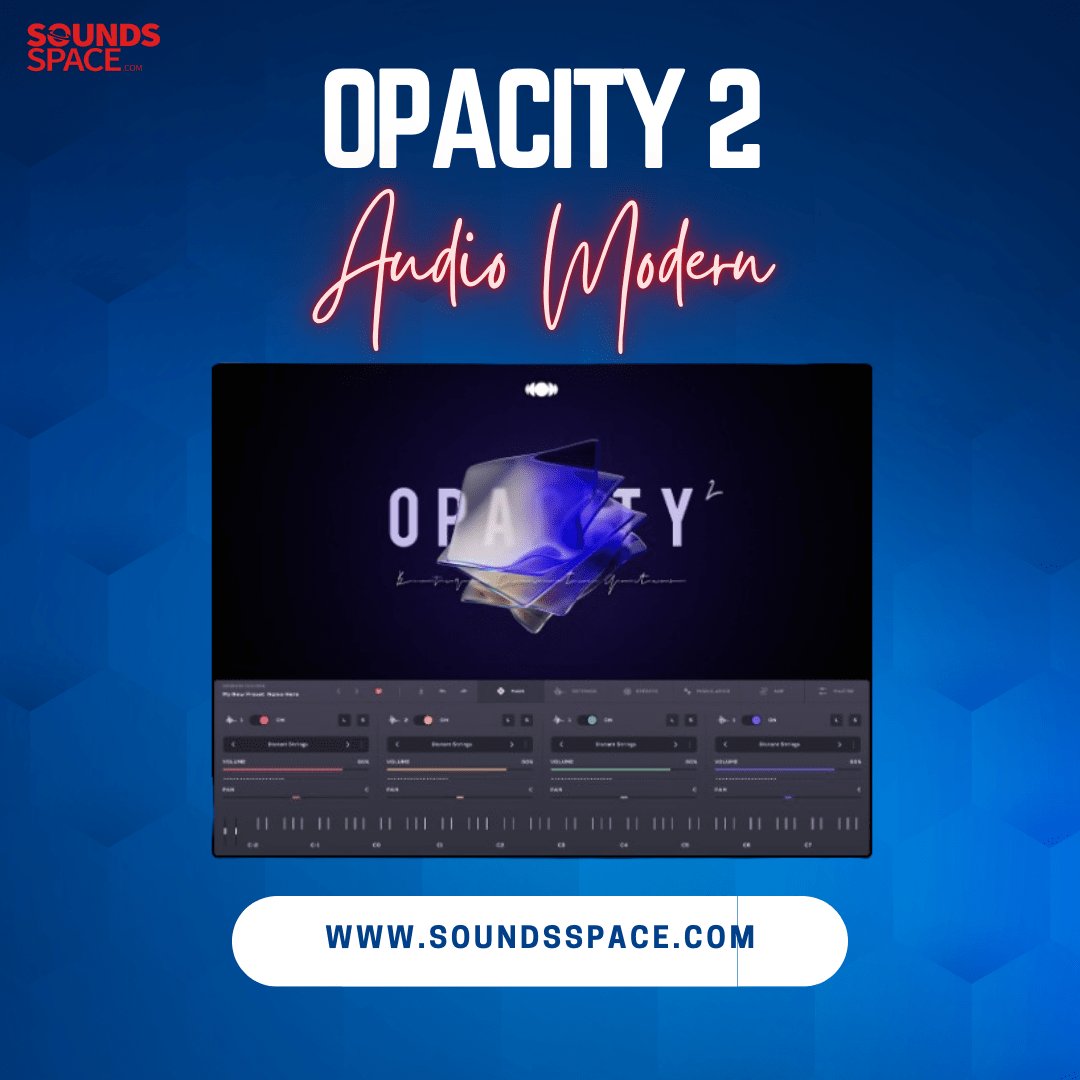Product Description
The Orbitone Collection I and II
Featuring The Worlds Oldest String Synth That Never Was...
Product Overview
The 1972 Eminent 310 Unique was a very unusual mix of combo organ and string synthesizer in its own right but what was particularly special about it was the triple parallel analog chorus processor with 6 free running clock-modulating LFOs better known as the Orbitone. It is this complex multi-path analog effect that makes the famous strings on the 310U so very special and slightly simplified technology was later used to good effect in the Solina and ARP Omni string synthesizers. It was originally developed to effectively make one rank of sawtooths become three with a high degree of movement without resorting to the very significant expense and complexity of three full divide-down chains with independent master oscillators.
Being a self-confessed boffin it suddenly occurred to me one day that I had a fantastically rare opportunity on my hands to attempt to feed 1938 Novachord 346 through the Orbitone stages on the Eminent. After consulting the 310U's sea of schematics for some time I determined a potentially suitable point to inject an external audio signal. To my delight, this resulted in quite simply some of the most organic synth strings I've ever heard.
All those lumps bumps and imperfections are thrown into a rich soup of analog processing and the result is truly delicious.
Overview
Analog Effects
Now armed with this monstrous analog effects processor I got curious and fed a number of other sources through it including one instrument that is known to be a little weedy in isolation namely the little CS-01 monosynth. As well as the Novachord I sampled offerings from new patches I dialled up via the 310U Orbitone stages from the Juno-106, CS-01, Crumar Bit One and Omega 8. In addition to this some new sampled material was taken from the instruments via an analog chorus unit including a series of brass and guitar timbres. Some of the guitar sounds were also created by passing Minimoog 7751 and the Bit One through a 1960's Echo-Reverb featuring a tube buffered electrostatic Tel-ray "Oil Can" delay unit. A further resonator choir was made by feeding the Juno-106 through the rehoused Polymoog Formant Resonator. In addition, a combination of organ stops were sampled directly from the Eminent and a further harpsichord patch was dialled into Polymoog 203A 3211 courtesy of Will Gregory of the electronic music duo Goldfrapp.
Orbitone Collection II utilizes the same proven 4-voice layering engine as the original release but operates on a brand new sample set constructed using a different combination of source instruments and techniques.
Combined Libraries
As well as the new library featuring 40 example patches and 40 layered multis, a further 40 combined layers have been created that combine patches from both libraries together to form new layered instruments and textures. The new sounds have been presented as a merged installation thus permitting the user to access and walk through patches from both libraries as one.
*Equipment Used: 1972 Eminent 310U, 1976 Minimoog, 1938 Novachord, rehoused 1978 Polymoog Formant Resonator Section, 1960's Echo-Reverb tube "Oil Can" Delay, Polymoog 3211, Juno-106, Crumar Bit One, Studio Electronics Omega 8, CE-300 chorus, CS-01.
Download Contents:
- The Orbitone Collection I & II consists of 607 generously long 24-bit samples.
- 4-Voice Layering Engine with the ability to save user patches.
- 48 multi-sampled instruments acting as voices/partials in the layering engine.
- 80 editable example instrument patches (in .nki format).
- 40 editable example layered multis (20 combinings Orbitone II and 20 combining both libraries).
- User Manual.
Equipment Used
1972 Eminent 310U (strings, pads, resonator choir, e-piano, organ), 1976 Minimoog (brass, pads, bells, chimes), 1938 Novachord (strings, e-piano), rehoused 1978 Polymoog Formant Resonator Section (choir), 1976 Revox G36 tube half track tape machine (g36 choir), Panoramic tube Dual Tone Generator (chimes, e-piano), two 1967 Heathkit EUW-27 tube signal generators (chimes, e-piano), ARP Omni Chorus section (strings), Hideaway Studio Triple Tube Hybrid Phaser (evolving pads, phased chimes) and Dual Tube Hybrid Filter (underworld sweep), Tube Ring Modulator (bell ratios), Discrete Dual Exponential Sawtooth Generator (french horns), Tube Overdrive and Passive Triple L/C Resonator buffered with Y-amplifiers from a 1968 Tektronix tube scope! (deep resonator vox), All sound sources were captured via two Hideaway Studio Type TEQ-9B Active Tube EQs in 24-bits with the RME Fireface.
Warm Textures In the Making
Rather than simply making yet another virtual instrument, the arrival of a recently restored 310U was the perfect excuse to bring together a taster of a number of combined sound sources and techniques I've been working on to create rich, warm, and complex textures. In particular, I've fallen in love with the sheer musicality and magic of tube oscillators and wave shaping coupled with rediscovering classic analog synthesis and effects.
This has formed the basis of a new follow-on to the recently released S-VX library and was created very much with the idea of the two libraries being used in tandem to offer a very significant degree of opportunity for layering and blending new sounds.
The Orbitone Collection features the same proven 4-voice layering engine but operates on a brand new sample set made using a very different set of techniques to S-VX but with similar timbres and textures in mind.
Like S-VX, Minimoog 7751 was both sampled directly and also washed through the Triple Tube Hybrid Phaser to form a number of looped textures with movement. Similarly, although the 310U was sampled in isolation, it was also passed through the rehoused resonator section of a Polymoog to magically turn brass formants into a choir.
Several tube wave shaping circuits, an L/C resonator based on the Novachord, and vintage signal generators were utilized to produce deep vocal formant drones. The Tube Strings were a blend of Novachord, ARP Omni, and Discrete Tube Synthesis. The e-Piano was created by layering piano-like timbres from the Novachord, the 310U, and three tube oscillators mixed and tube wave-shaped.
View Installation Instructions



















































































































































































































